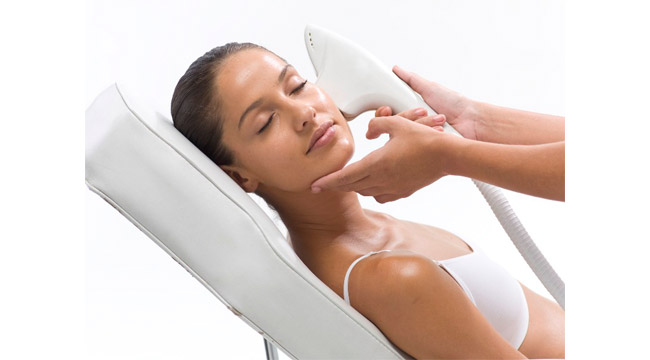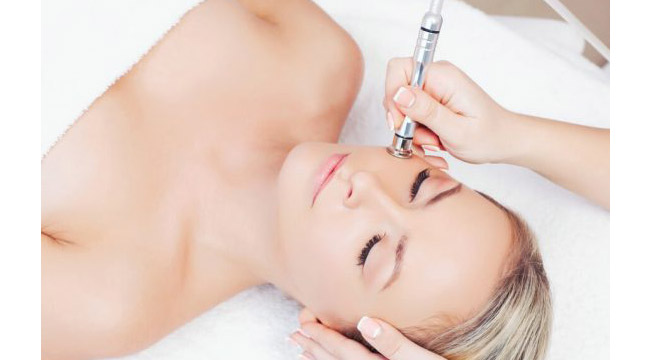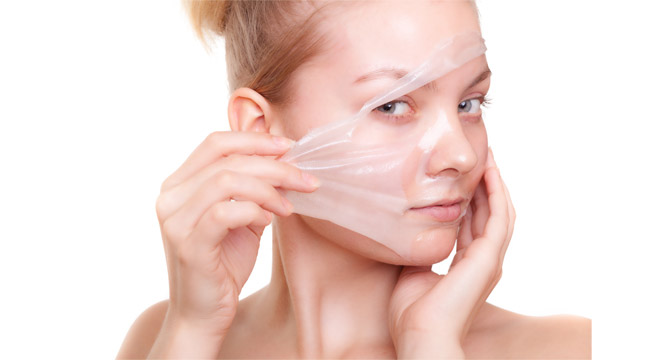For the 80 percent of patients, ages 11-30, treated for acne vulgaris, scarring can be problematic. Atrophic scars are most common, but, treatment options are available. Researchers writing in the Journal of Clinical and Aesthetic Dermatology outline 10 treatments for acne scarring, plus possible future treatments. According to the research published in the Journal of Clinical and Aesthetic Dermatology, including patients in varied approaches that evaluate scarring types and their desired outcomes can yield high patient satisfaction.
Ensure that treatment plans include in-depth conversations about patients’ treatment goals, their concerns and thoughts about protocols, the authors wrote. It’s also critical they understand any possible therapy limitations.
“Expectation management is important in approaching the discussion of treatment options,” they wrote. “Complete resolution of acne scarring is the exception rather than the rule. Patients should be well informed about the potential risks, including post-procedure erythema, infection, poor wound healing, hyperpigmentation, and paradoxically, scarring.”
Overall, diagnosing and treating acne vulgaris early can prevent or limit scarring. However, for present scarring, treatments exist and are under evaluation for minimizing their appearance and impact on your patient.
Possible Therapies:
To be effective, therapeutic protocols should consider multiple aspects of scarring. First, consider any erythema, or skin redness, and then determine if generalized or individual scars are present. Then, focus on the atrophic scars.
After evaluating your patient, consider these treatment options:
1- By using light converted to heat, pulsed dye laser Destroys blood vessels near the skin’s surface to reduce redness. Research shows a 585 no flashlamp-pumped PDL decreases redness and scarring by 68 percent after one or two treatments compared to untreated skin after six weeks. It also induces collagen remodeling, improving scar appearances.
2- Lasers for acne scarring treatment use monochromatic light to deliver heat, stimulating dermal fibroblasts to replace lost collagen and elastin. Lasers fall into two categories: ablative and non-ablative.

3- Traditional ablative lasers are effective in treating scar appearance, but they also cause significant discomfort, and increased risk of dyspigmenation, scarring, and infections with prolonged healing.
4- The traditional 10,600 nm carbon dioxide laser emits infrared light, creating immediate improvement in skin tone, texture, and appearance after one treatment. Clinical tests show a 69 percent improvement after one month and 75 percent after 18 months. Additionally, the traditional 2,940 nm Er:YAG laser is less aggressive and is more easily absorbed by the water in the skin. It’s comparably to the carbon dioxide laser and shows good results in patients with pitted facial scars and dark skin types — 36 percent excellent improvement and 57 percent good improvement.
5- Non-ablative lasers target water in the skin and deliver photothermal energy without ablating the overlying epidermis. Consequently, patients may experience less skin damage and a shorter recovery. For example, the 1,064 nm Nd: YAG laser prompts collagen remodeling in the papillary and reticular dermis. So far, it’s been shown to be effective and introduce minimal pigment alterations in patients with dark skin types. Atrophic scars improvement ranges from 20-30 percent after eight sessions.
6- New therapies, such as picosecond lasers, deliver shorter duration, lower energy pulses, leading to fewer side effects. One option, Picosure® has Food & Drug Administration approval to treat tattoos and pigmented lesions and improves the appearance and texture of atrophic rolling scars.
7- Another treatment option, dermabrasion to remove the epidermis with or without the dermis and significantly define scar edges. It’s effective for well-defined scars with distinct borders and broad-based scars with indistinct borders, but not for icepick or deep boxcar scars.

8- Chemical peels can treat small depressed scars. Medium-depth peels result in moderate clinical improvement of 51-75 percent clearance, but controlling peel depth is difficult.

9- Microneedling skin pricks eventually lead to collagen production, making skin smoother and improving rolling acne scars. It’s also advantageous because it keeps the epidermis in tact. Full results appear within 8-12 months. This treatment option also enables the skin to absorb topical agents to improve cosmetic results.
10- Injectable fillers can bolster soft tissue in soft atrophic scars, but they can lead to infection, pain, redness, lumps, swelling, and abscesses. Temporary fillers last a few months, requiring multiple treatments. Semi-permanent fillers last up to two years, showing significant scar improvement. And, permanent fillers can least several years. However, no evidence exists on scar improvement impact.
At Coquitlam Medical Laser & Skincare Clinic, we offer laser treatments, microneedling, chemical peel and microdermabrasion for acne scar. We also have a special package, which is effective on acne scar. It combines clearlift (laser treatments) and microneedling. For more information, please feel free to book a complimentary consultation.
